Review: Nomad Base Station Pro is the free-placement wireless charger we've been waiting for
Nomad Base Station Pro
4.0 / 5Nomad's impressive Base Station Pro wireless charger is finally available to order, and after using this new free-position, three-device wireless charger for the past couple weeks, we're sold on the future of charging.
Update: Nomad has decided to offer a complimentary aluminum Apple Watch adapter with all Base Station Pro orders. It clips on the back, requires your existing Apple Watch charging puck, and will start shipping in December. They've also pushed out an initial firmware update to improve performance and speed up multi-device charging and device recognition.
Truly free-placement Qi wireless chargers have been hard to come by. Some have been released but have had enough drawbacks to make users shy away.
Nomad seems to be the first to bring a device to market that consumers can flock to with the Base Station Pro. With its good looks, multi-device support, ease of use, and solid reliability, this is the charger you're going to want.
In short, the Nomad Base Station Pro is a large wireless charging pad that allows you to place up to three devices almost anywhere on its surface and they will begin charging. There's no need to align over coils, just drop and go.
You can charge two sets of AirPods alongside your phone, charge two phones and a set of headphones, charge a battery pack, your iPhone, and AirPods Pro — if they mostly fit on the surface, they will charge.
Nomad Base Station Pro — a big step forward
The Nomad Base Station Pro builds on its popular line of wireless chargers. There are models with USB outputs on the back, some with integrated Apple Watch charging pucks, and some formed from walnut. The Base Station Pro doesn't necessarily have the bells and whistles of the others, but comes with something much cooler.
If you've seen Nomad's other chargers, your ill recognize the Base Station Pro. It has a metal body with a padded leather charging surface on top. Compared to Nomad's other chargers, it is bigger — much bigger. It is large enough to charge three iPhones at the same time.
On the back is a single USB-C port which is powered by a two-meter nylon-braided USB-C to USB-C cable connected to a Nomad 30W USB-C power brick. The brick itself is on the large size, which is unfortunate. Nomad says they placed the order for the chargers well in advance of the wireless charging pads. When the pads were delayed, in part due to the pandemic, things had changed.
Gallium Nitride (GaN) chargers Have since come a long way and dropped in price making them a likely possibility for a second-gen device, but for now, you will have to upgrade the USB-C brick on your own if you so choose.
There are three status lights ont he front of the pad that roughly align with where devices are placed on the pad. Place one near the right side, and the right light illuminates.
Compared to the others, Nomad has also added a soundproofing layer to the inside. While there are no fans to be worried about, this makes the device feel even more dense and premium than it did before.
The missing piece of the puzzle here compared to any other wireless charger is FreePower, a technology created by a company called Aira. Aira created FreePower and licenses it to other companies to use in their products — the first of which is Nomad.
Instead of relying on metal coils for charging, it uses a printed circuit board and appears to use the Qi's spec's multiple cooperative flux generators technology. This has many advantages from being able to scale up to large surfaces to simply much thinner, at only 6mm thick for the whole technology stack.
Understanding wireless charging
Long story short, with most Qi chargers, there is a metal coil on both the device to be charged and the charger. The transmitting device will send out a ping several times a second to poll for when a device is placed atop.
When a device is detected, it will transmit the power which is received by the coil embedded in the receiving device.
Typically, users have much more of an issue placing their devices than they even realize. When you drop your iPhone atop a wireless charging pad, you need to have it close to center before it begins charging. If you place it just off, it won't charge — leaving you with a dead device the following day.
Furthermore, the farther you are from dead-center, the slower the device will charge. Manufacturers can dial in this radius, making the so-called "sweet spot" larger so it is easier to imitate charging or they can make it very small which is harder to adjust your phone to but ensures a much quicker power up.
There's no real upside here. If the spot is large, it is very hard to pinpoint exactly where dead-center is. And if it is small, it can take a lot of thinking to adjust the phone perfectly. This is why FreePower is so huge.
We also mentioned how wireless chargers send out pings of power to poll for a device being placed. A normal wireless charger sends our larger bursts of power that can be more than a couple watts in size several times a second. Aira's FreePower sends out many more pings each second to track item locations but they consume much less energy.
Vampire power draw is a real issue with wireless chargers and one that Aira was quick to fix. In a single month, Nomad says that a solo charging pad can waste enough energy to charge 130 iPhone 11 units to full power. Nomad also claims that Base Station Pro can charge three devices at once — and only wastes 1.7 iPhone 11 full batteries worth of power.
While an ideal world may have entire surfaces Qi-enabled, at the moment Base Station Pro with FreePower is about as close as we get.
Living with the Nomad Base Station Pro
Base Station Pro is a very specific size. At the max, it can hold three iPhones at the same time. In our testing, we were able to charge our iPhone 11 Pro Max alongside an iPhone 11 Pro and an iPhone 11.
They all fit, but once we started adding cases it became more problematic. With cases, an iPhone XS, an iPhone 11 Pro, and an iPhone 11 Pro Max were unable to all fit. One iPhone always stuck out just enough to not charge. The Base Station Pro is large, but we'd almost like it to be just slightly larger to satisfy three phones while ensconced in cases.
In our testing, we used the Base Station Pro in our studio, in our bedroom, and we were even lucky enough to bring it with us on vacation.
We absolutely loved having it on the nightstand. Without lights, it can be difficult to tell if we have our phones properly placed on the charger or where we left the charging cable. Being able to literally toss the phone on the charger was a huge step forward.
The lights are also very dim with the lights off, making them no issue for us trying to sleep. Since it is fanless, it also makes no noise which again is key for a bedroom charger.
It also fixed one of the biggest problems we encountered during our vacation. We had a few people around and phones were always dead. Rather than having a pile of chargers plugged in, we just set the Base Station Pro on the counter. Everyone was able to freely plop down their device, move other devices around, and swap devices at will.
No more cables, no more dead phones, just convenience. Some in our group had sworn off wireless chargers because they were too annoying to center their phone on each time but the Base Station Pro turned that around.
It is clear that the Base Station Pro is slightly slower than other wireless chargers. We think that it is limited to 5W, versus the 7.5W that the iPhone will allow. Wireless charging has always been about convenience, and not necessarily about speed. Keep a USB-C charger around and it is always safe to power up quick in a pinch but the rest of the time the Base Station Pro is preferred due to its design.
Earlier this year we tried out the Zens Liberty, which creates a similar free-placement experience but is limited to two devices at once. It is also much thicker, uses standard coils, and has fans to aid with heat dissipation. After testing both, Nomad's is more technically impressive and better to use day-to-day. We did miss the added Apple Watch charger though, always forced to bring our own.
A minor drawback with the design of the Base Station Pro — which is almost always going to be the case, is there is a small area around the edge that doesn't charge. Purely because of how close the internal pad can get to those edges. In use, that means if you have your phone sticking off to the side too much or you are aligned to certain spots on the top edge, your device won't charge.
It took us a couple days to be aware of that but soon after it was second-nature to avoid those and if we did have three tight devices on there we tried our best to keep them all evenly on the pad.
We've been waiting for a device like this for some time now. Apple failed in its attempt to bring AirPower to market which was very similar in many ways. With AirPower cancelled — or possibly revived depending on the rumors each week — Nomad is poised to take the free-placement crown.
Qi certification
In the wireless charging space, it can be very complicated to meet all the requirements of a Qi device. Manufacturers have the options to go it on their own, and play it loose with the standard, they can be fully Qi compliant where they meet all the requirements of the standard, or they can be Qi certified where their compliance claim is backed up.
Nomad's Base Station Pro fits into the second of the three. It is Qi compliant, but is not Qi certified due to its new design. While we have few issues with its lack of certification — Aira is in fact part of the Wireless Power Consortium — it does pose other issues.
With something like the Nomad Base Station Pro that deviates from the normal design, there is little room for each of these devices to deviate at all from the standard. What this means, is if you have a random device that doesn't support the Qi standard to a "T," you may have issues.
This exact thing happened to us. In our video shoots, we use Aputure wireless LEDs for accent lighting. These small devices are incredibly popular and useful among filmmakers and video creators. They have a ton of features, including Qi wireless charging.
We've used these with our other Qi chargers for ages without issue. But, when placed on the Base Station Pro, sometimes it wouldn't charge as expected. A little digging, and some troubleshooting from Nomad, it was found to not completely meet the Qi standard and was using a no-name Qi controller from overseas.
For users, this is yet again another frustrating in the world of charging. It was never clear whether the Aputure light was or wasn't "Qi certified" and it worked great with any other wireless charger. But because the Base Station Pro is trying something new, when others don't follow the standard the Base Station Pro suffers.
Most consumers aren't going to know if their specific device is Qi certified or even Qi compliant. Fortunately, our bevy of iPhones, headphones, and Samsung devices all were able to charge without issue.
Should you buy the Nomad Base Station Pro?
The Nomad Base Station Pro is both unlike any other wireless charger while at the same time being shockingly similar. It still is a wireless charger that rather slowly charges your devices when placed on its surface. But it does it in a much better way than any other.
It is completely silent, it is effortless to use, it can be updated to be more reliable and work with newly released devices, it consumes less energy, and is hands-down a better experience than any wireless charger we've used. At the same time, is that worth the premium it entails?
For us, the answer is a resounding yes. We've been using the Base Station Pro for roughly a week and going back to standard Qi charging is futile. Our devices always charge with no effort, the massive surface is easy to charge almost all our devices, not to mention it is cool as heck.
While free-positioning and its support of three devices is tempting, it is at times hard to overlook what may be coming down the line in the future. A device with an integrated Apple Watch charger or with simultaneous USB-C output would be even more tempting and seem a likely next step for the Nomad, Aira team up.
Until then, us and other early adopters will relish our sleek Base Station Pros.
Pros
- Sleek, dark appearance
- Premium materials
- USB-C support
- Status LEDs in front
- Entirely free placement of devices
- More energy efficient
- Entirely silent
- Fits up to three iPhones
- Dark aesthetic to Apple's white
- Super thin
Cons
- Some small dead spots around edges
- Very high price tag
- AirPower may be looming
- Not the fastest wireless charger
Rating: 4 out of 5
Where to buy
The Nomad Base Station Pro is available to preorder now for $229 with shipping starting in September. Note, due to the number of parts required for Base Station Pro and the COVID-19 pandemic initial supply may be tight.
 Andrew O'Hara
Andrew O'Hara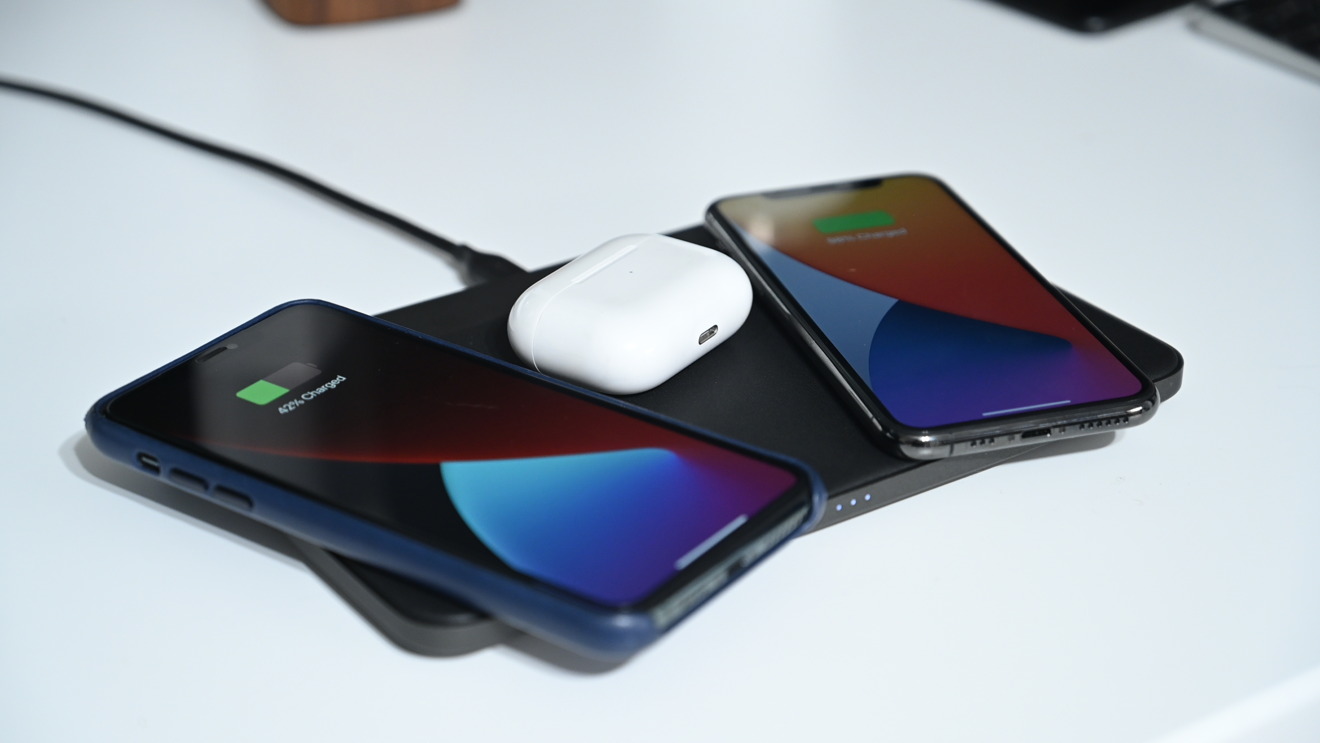
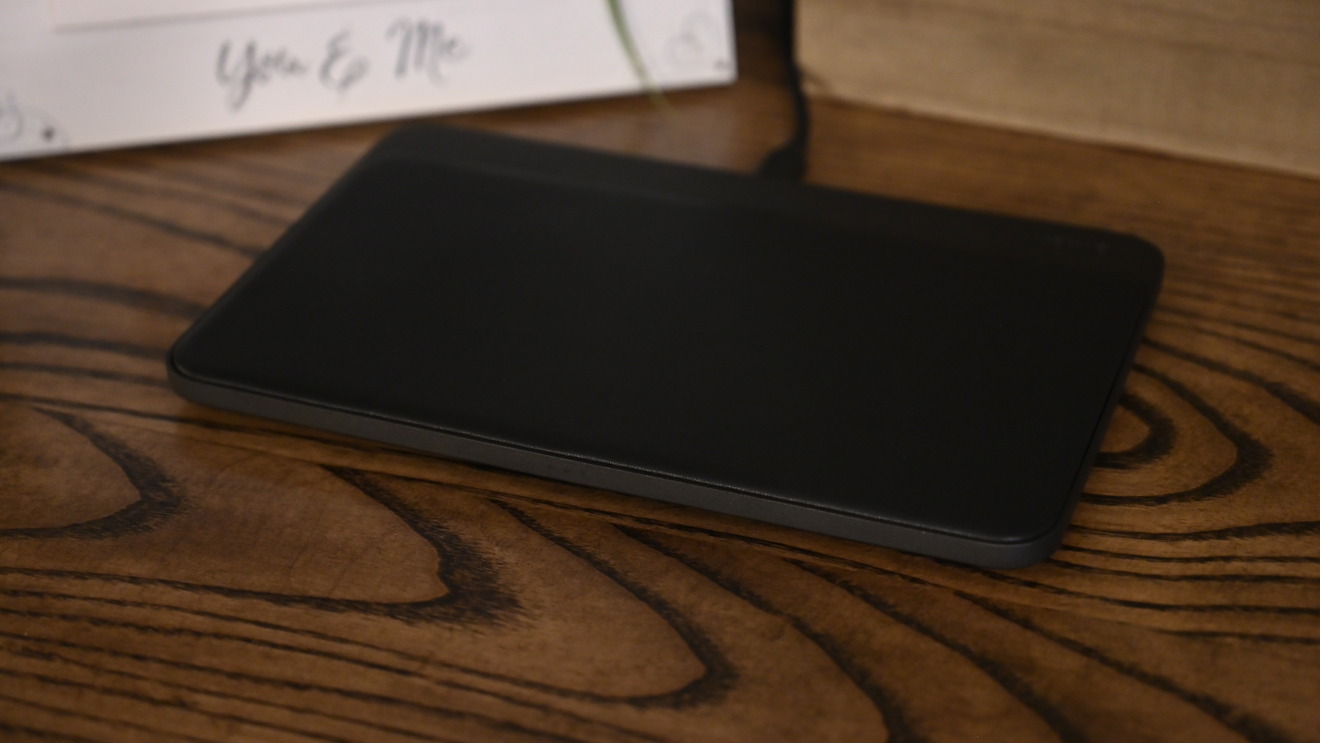
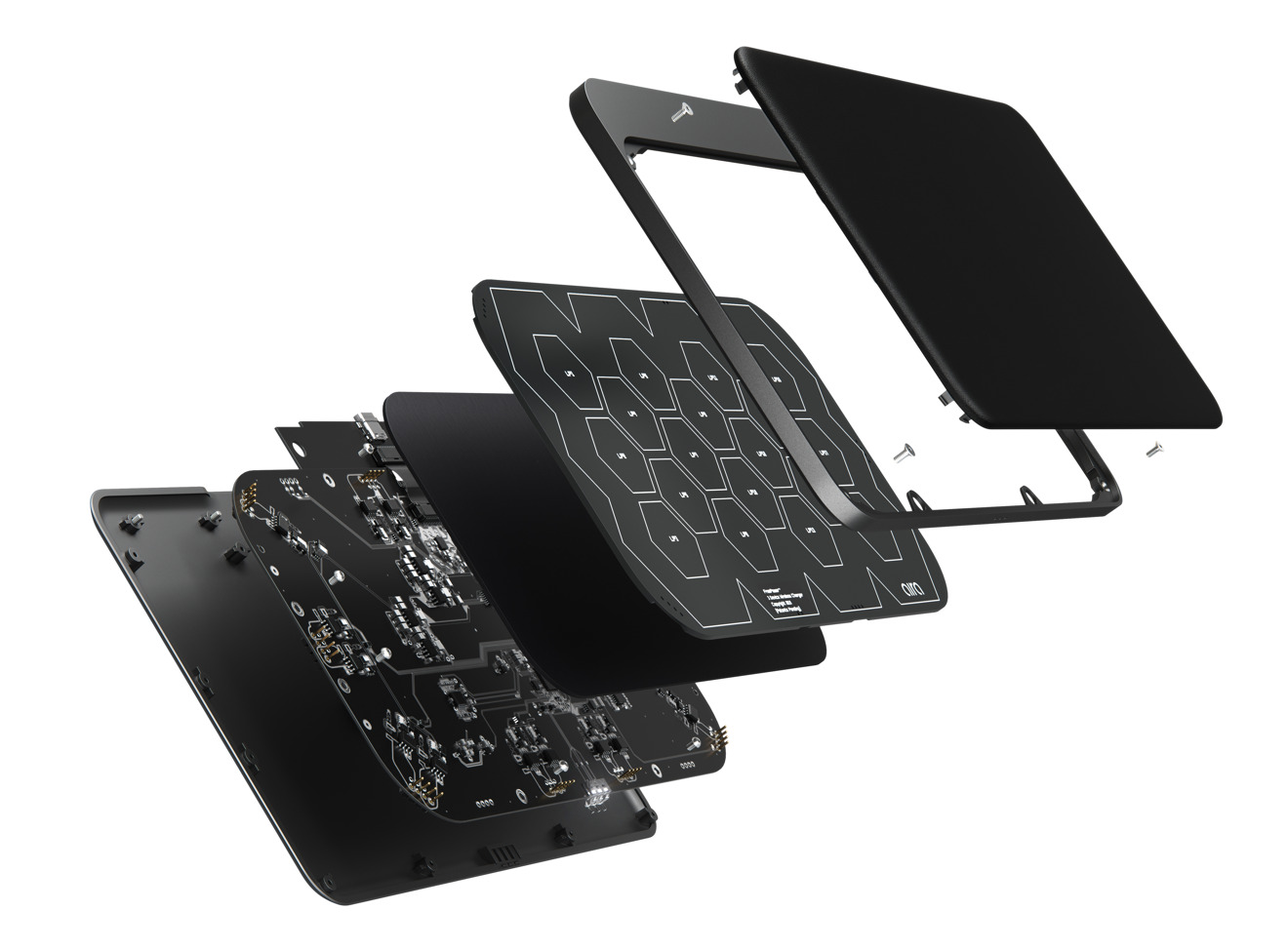
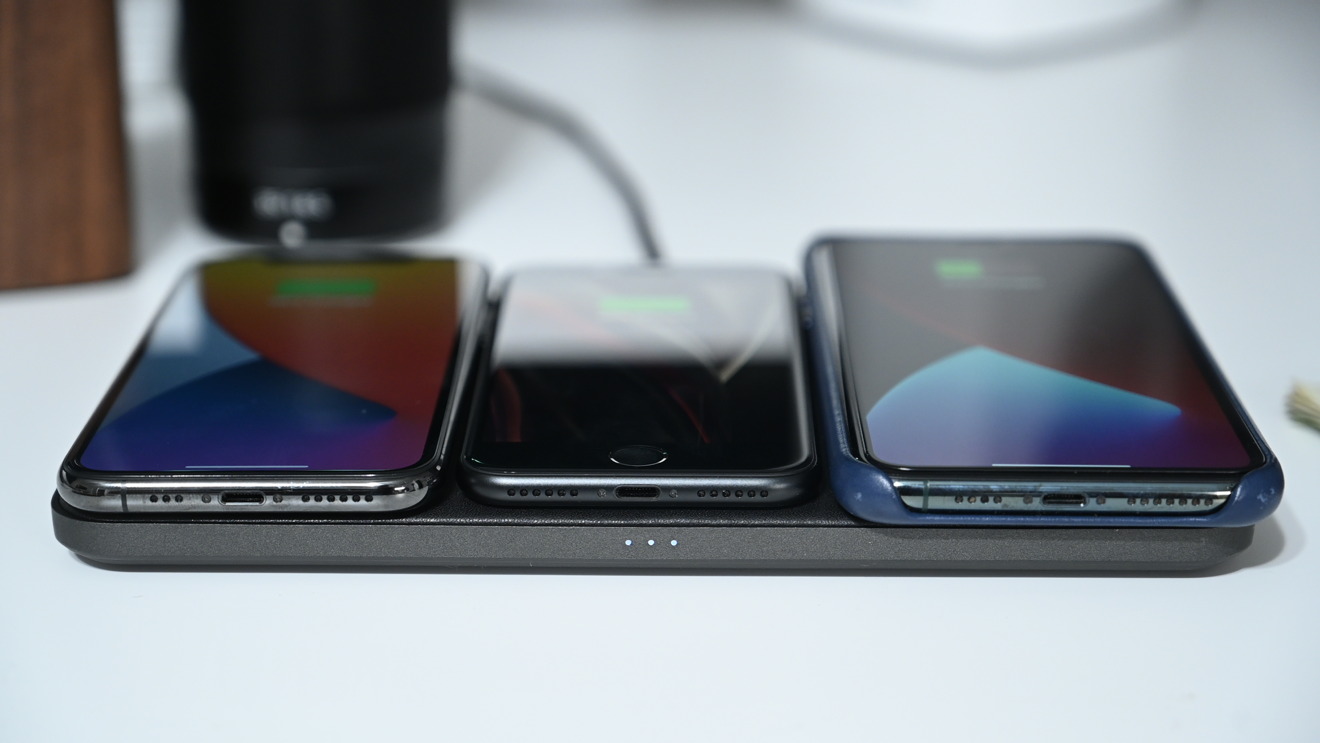
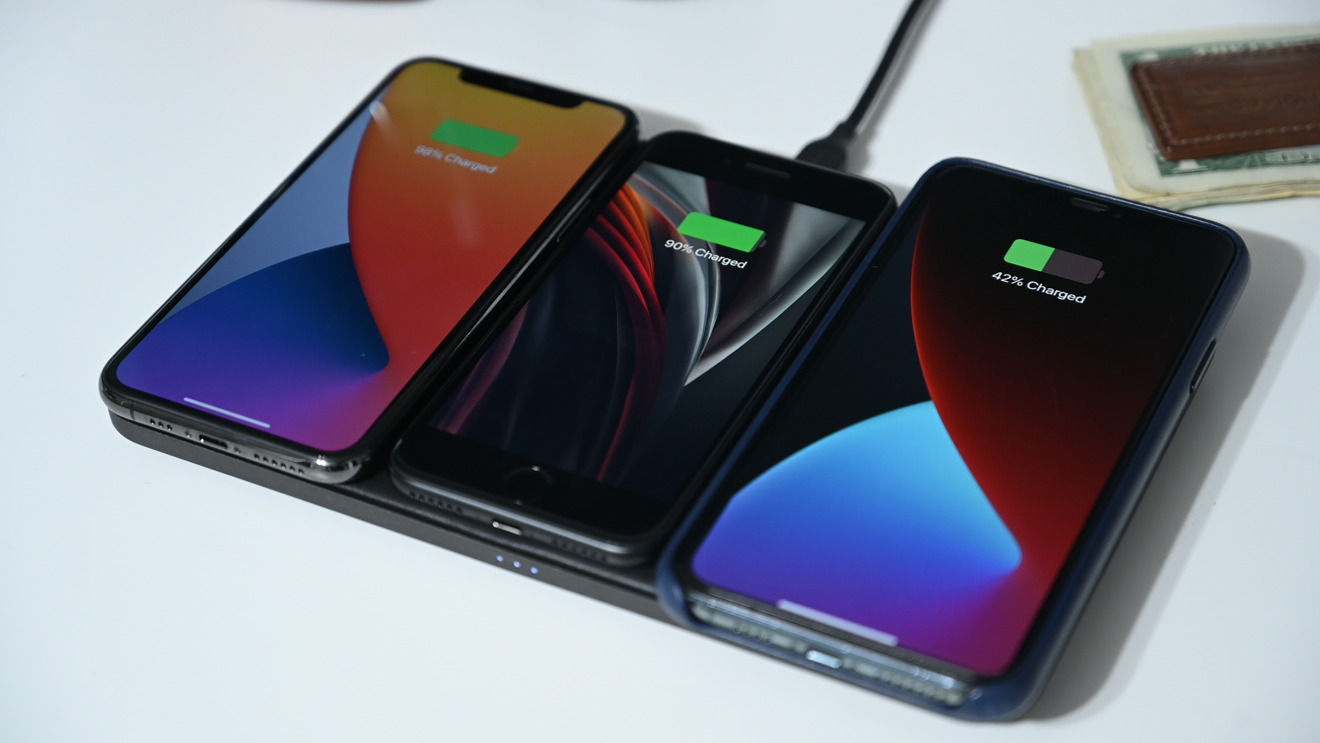
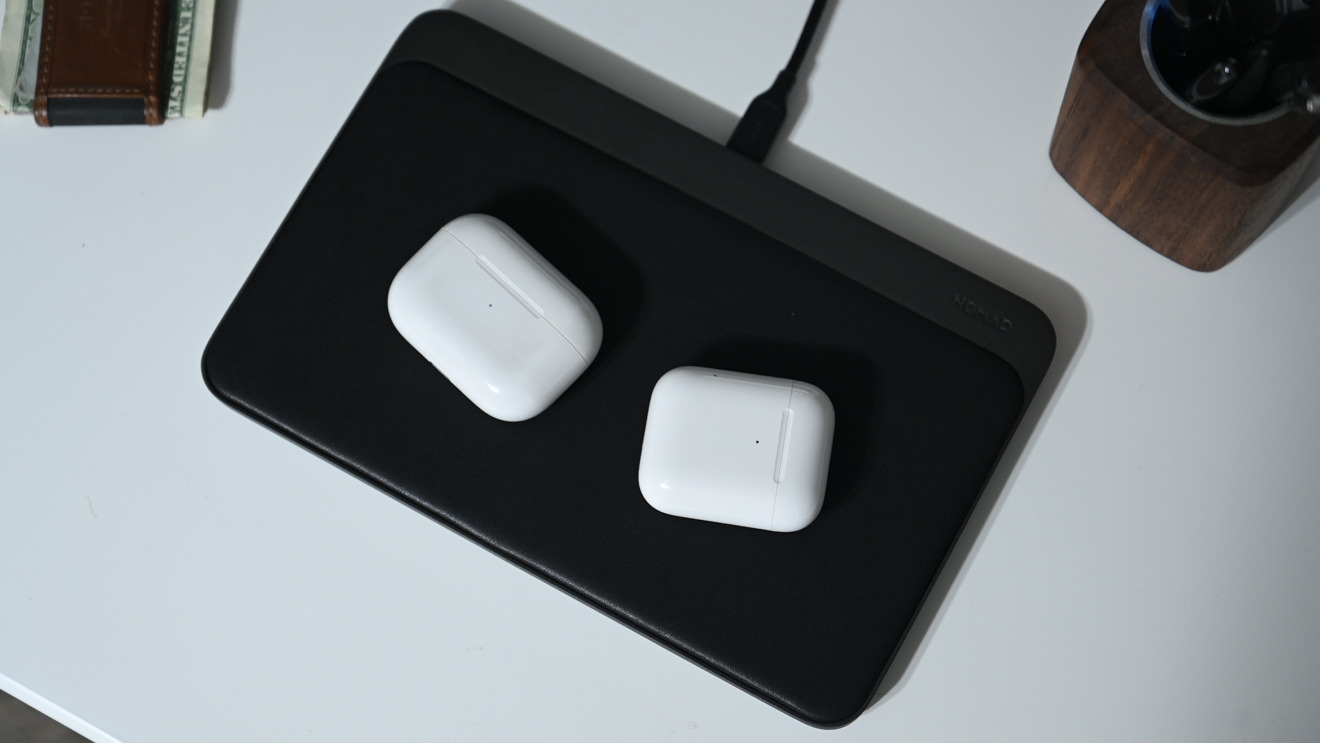
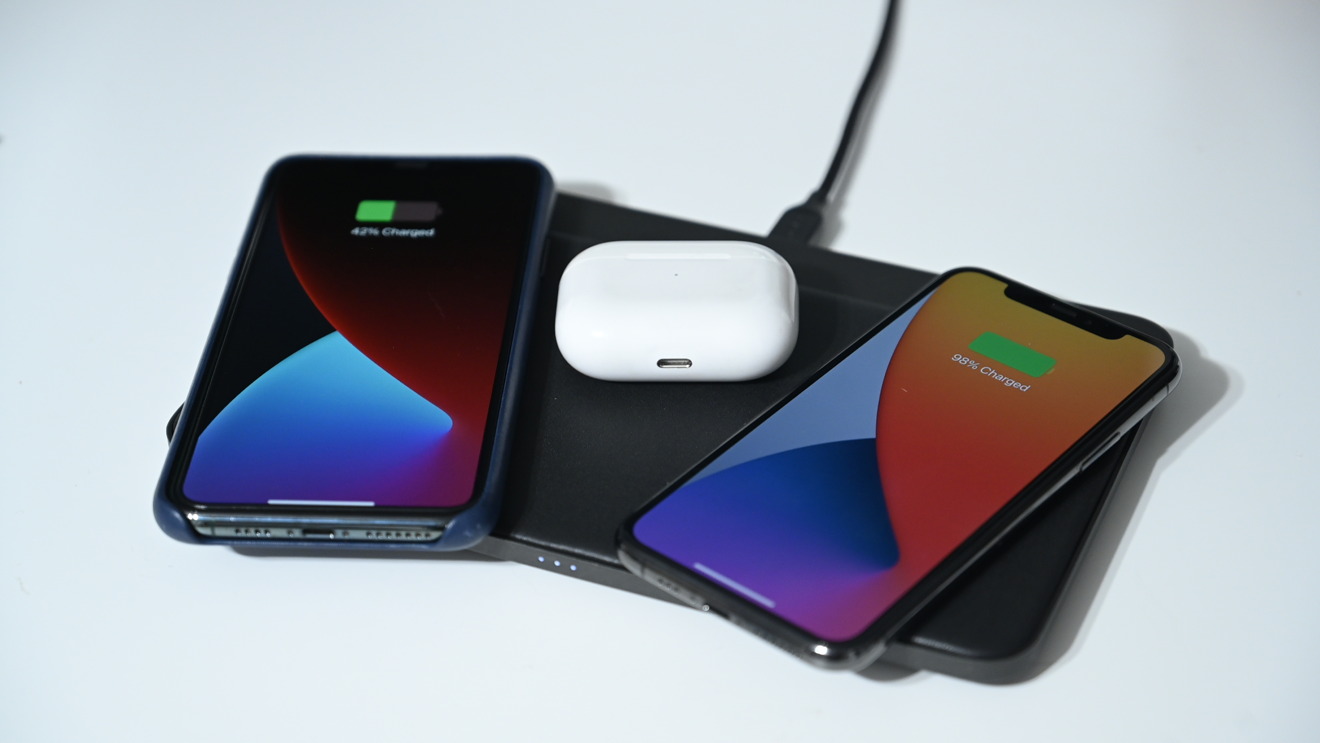
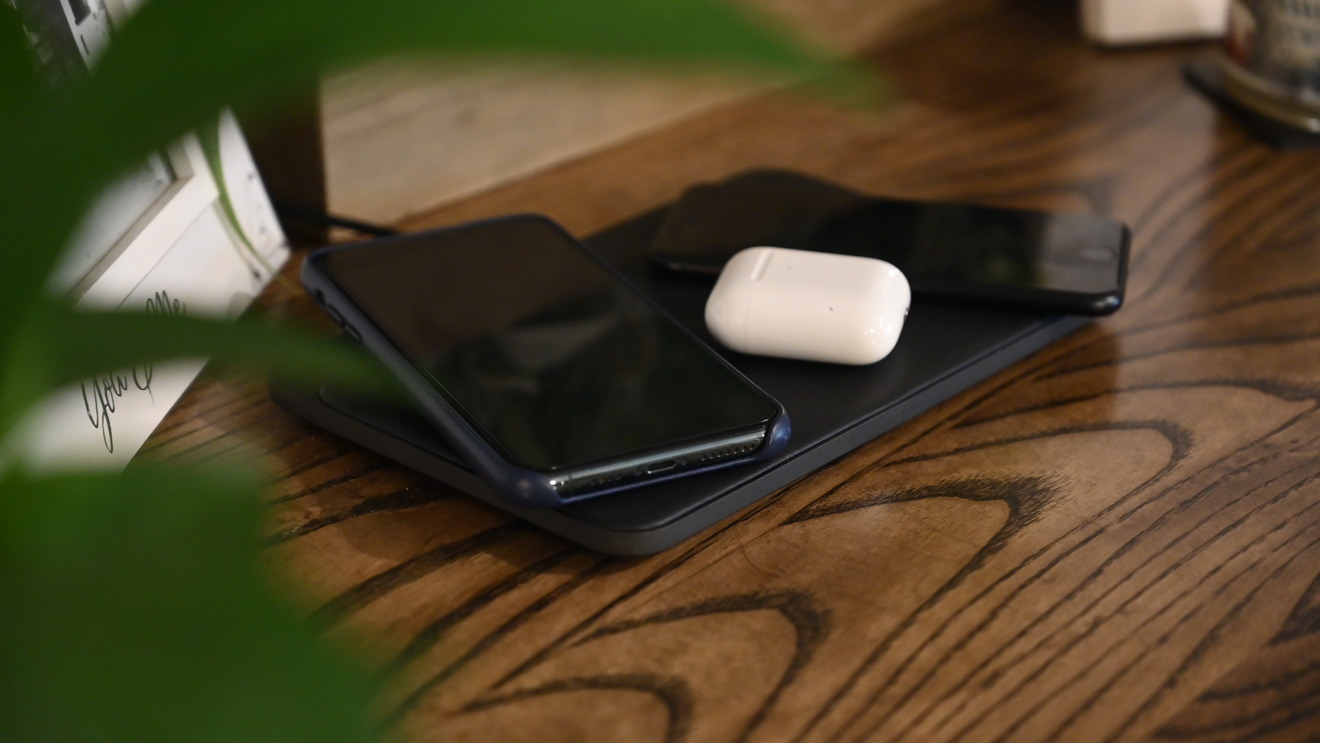











 Malcolm Owen
Malcolm Owen
 Christine McKee
Christine McKee

 Amber Neely
Amber Neely

 William Gallagher
William Gallagher









